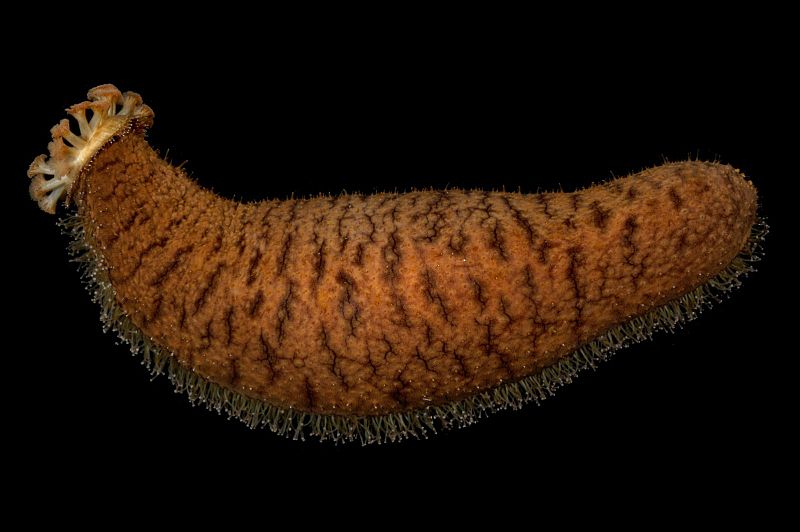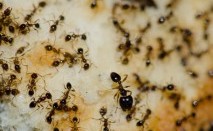
Category: Invertebrates

These tubular echinoderms can be found in oceans all over the world – in some deep sea environments they can be found in very large numbers roving along the ocean floor in search of food. The diet of most sea cucumber consists of decaying organic matter and plankton. Though they don’t resemble other echinoderms at first glance, they are technically radially symmetrical along their horizontal axis and crawl about on their side. One of their most remarkable adaptations is their “catch” collagen that forms their body wall – it can be loosed or tightened at will, allowing them to essentially liquefy their bodies to squeeze through tight spaces.
https://en.wikipedia.org/wiki/Sea_cucumber

It’s an ant’s world. We’re just living in it.
Do humans truly dominate the world? The Argentine ant may have something to say about that. Many ants are known for their large colonies, but the Argentine ant, named for its South American origins takes this to a whole other level. Due to inadvertent introduction by humans, the Argentine ant has spread to all continents except Antarctica. There are now three known super-colonies of these ants: one in Europe (the largest, covering 3,700 miles), one in California (560 miles), and another on the west coast of Japan. Ants are often territorial, but amazingly, ants belonging to the super-colonies recognize one another: if you were to introduce a super colony ant from Japan to one from Europe or California, they will recognize each other as friends!
Learn more >>
 Discover Animals is a web-based educational resource offered by the NAIA
Discover Animals is a web-based educational resource offered by the NAIA